سدیم دودسیل سولفات | sodium dodecyl sulfate
سدیم دودسیل سولفات | sodium dodecyl sulfate
بسته اقتصادی کیاژن
Sodium dodecyl sulfate
100 gram
Formula: NaC12H25SO4
IUPAC ID: Sodium lauryl sulfate
Molar mass: 288.38 g/mol
Aliquoted From Merck 428023
9,675,150 ﷼
توضیحات محصول
سدیم دودسیل سولفات | sodium dodecyl sulfate
Sodium dodecyl sulfate or sodium lauryl sulfate
Sodium dodecyl sulfate (SDS) is a commonly used detergent in molecular and cellular biology. SDS is an anionic detergent that disrupts noncovalent interactions in proteins, causing them to denature and take on a negative charge. SDS is often used in conjunction with polyacrylamide gel electrophoresis (PAGE) to separate and visualize proteins based on their molecular weight.
In SDS-PAGE, the SDS molecules bind to the proteins and coat them with a negative charge, causing them to migrate toward the positive electrode during electrophoresis. This allows the proteins to be separated based on their size, with smaller proteins migrating more quickly through the gel than larger proteins. SDS-PAGE is a widely used technique for analyzing protein samples, and is often used in conjunction with Western blotting to detect specific proteins in a sample.
SDS is also used in protein extraction buffers to solubilize membrane-bound proteins and other hydrophobic proteins. The detergent disrupts the lipids in the membrane, allowing the proteins to be released into solution. SDS is often used in conjunction with other detergents, such as Triton X-100 or NP-40, to optimize the extraction of specific proteins.
In addition to its use in protein analysis and extraction, SDS is also used in cell lysis buffers to disrupt cellular membranes and release cellular components for analysis. SDS can be used to lyse bacterial and mammalian cells, and is often used in conjunction with other detergents and protease inhibitors to optimize cell lysis and protein solubilization.
Overall, SDS is a versatile and widely used detergent in molecular and cellular biology. Its ability to solubilize proteins and disrupt noncovalent interactions makes it an essential component in many protocols and assays.
سدیم دودسیل سولفات (SDS) یک ماده شوینده رایج در زیستشناسی سلولی و مولکولی است. SDS یک شوینده آنیونیک است که با اختلال در تعاملات غیر کووالانتیکی در پروتئینها، باعث تنش و شارژ منفی آنها میشود. SDS اغلب به همراه الکتروفورز ژل پلی آکریل آمید (PAGE) برای جداسازی و تصویربرداری پروتئینها بر اساس وزن مولکولی آنها استفاده میشود.
در SDS-PAGE، مولکولهای SDS به پروتئینها متصل میشوند و آنها را با یک شارژ منفی پوشانده و باعث مهاجرت آنها به سمت الکترود مثبت در طول الکتروفورز میشوند. این به پروتئینها امکان میدهد که بر اساس اندازه خود جداسازی شوند، به طوری که پروتئینهای کوچکتر از طریق ژل سریعتر از پروتئینهای بزرگتر مهاجرت کنند. SDS-PAGE یک تکنیک پرکاربرد برای تجزیه و تحلیل نمونههای پروتئینی است و اغلب به همراه وسترن بلاتینگ برای شناسایی پروتئینهای خاص در یک نمونه استفاده میشود.
SDS همچنین در بافرهای استخراج پروتئین برای محلول کردن پروتئینهای محیطی و دیگر پروتئینهای هیدروفوبیک استفاده میشود. این شوینده لیپیدهای موجود در غشای سلول را اختلال میدهد و باعث آزادسازی پروتئینها در محلول میشود. SDS اغلب به همراه شویندههای دیگر مانند تریتون ایکس-100 یا انپی-40 به منظور بهینهسازی استخراج پروتئینهای خاص استفاده میشود.
علاوه بر کاربرد در تجزیه و تحلیل پروتئین و استخراج پروتئین، SDS در بافرهای لیز سلولی نیز برای اختلال در غشای سلول و آزادسازی مولفههای سلولی جهت تجزیه و تحلیل استفاده میشود. SDS میتواند برای لیز سلولهای باکتریایی و پستانداران استفاده شود و اغلب به همراه شویندهها و مهارکنندههای پروتئیناز برای بهینهسازی لیز سلولی و محلول کردن پروتئینها استفاده مشود.
SDS یک شوینده چندکاره و پرکاربرد در زیستشناسی سلولی و مولکولی است. قابلیت محلول کردن پروتئینها و اختلال در تعاملات غیر کووالانتیکی، این ماده را به یکی از اجزای اصلی در بسیاری از پروتکلها و آزمایشها تبدیل کرده است.
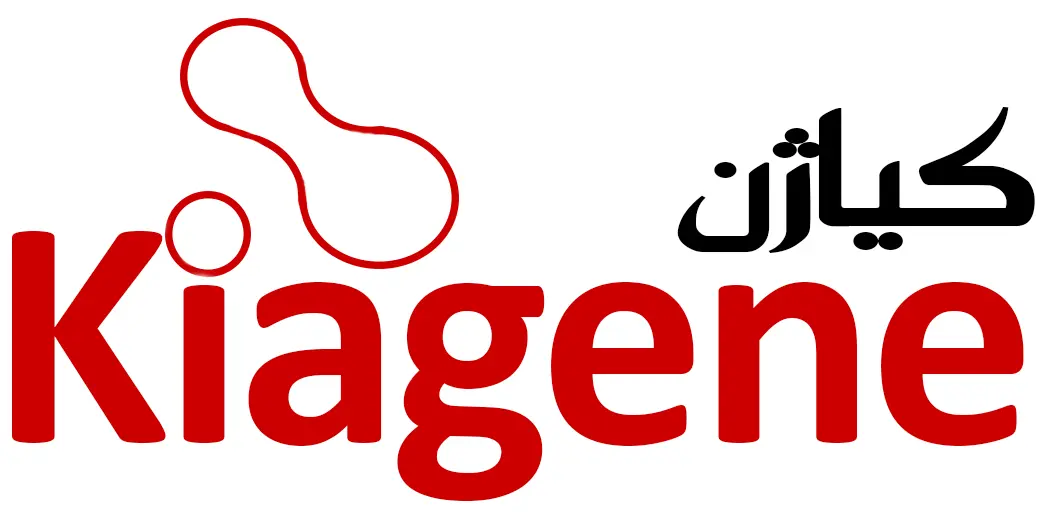
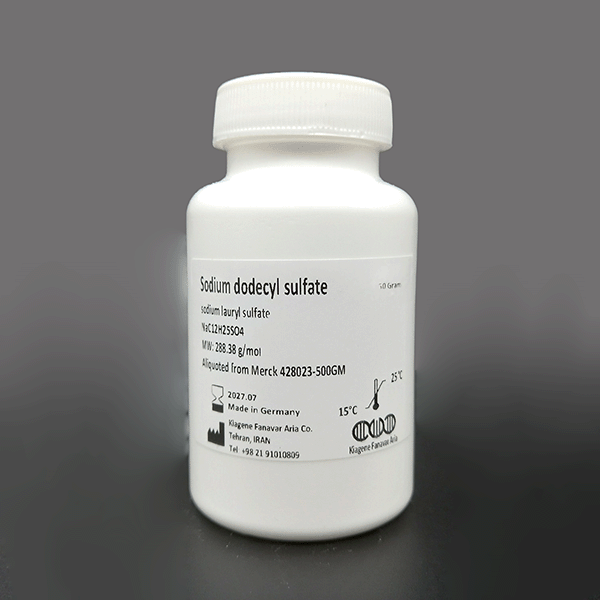

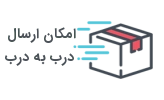




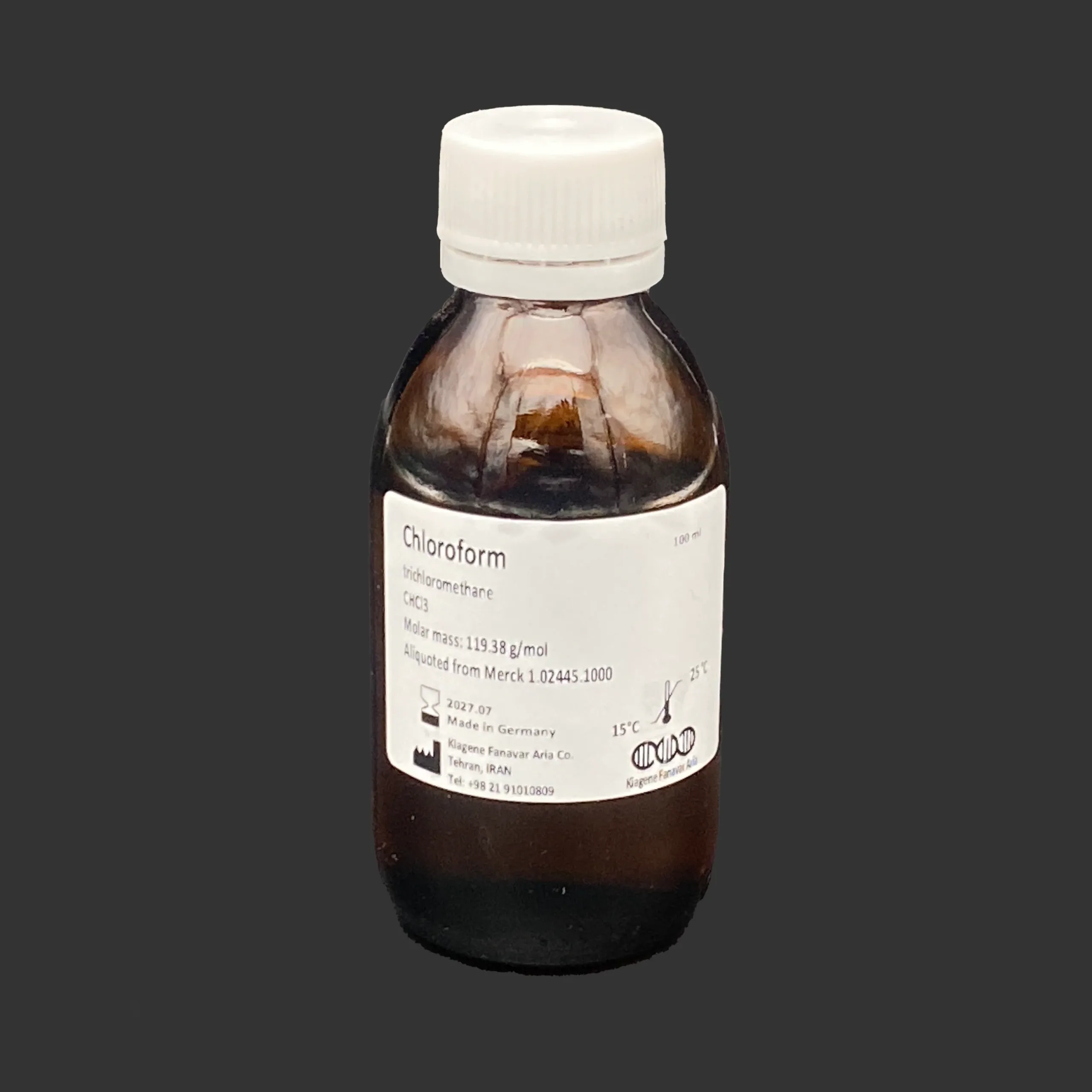
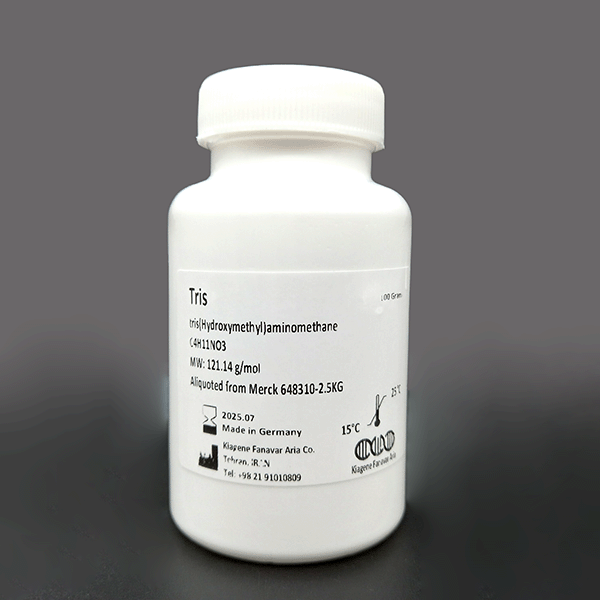


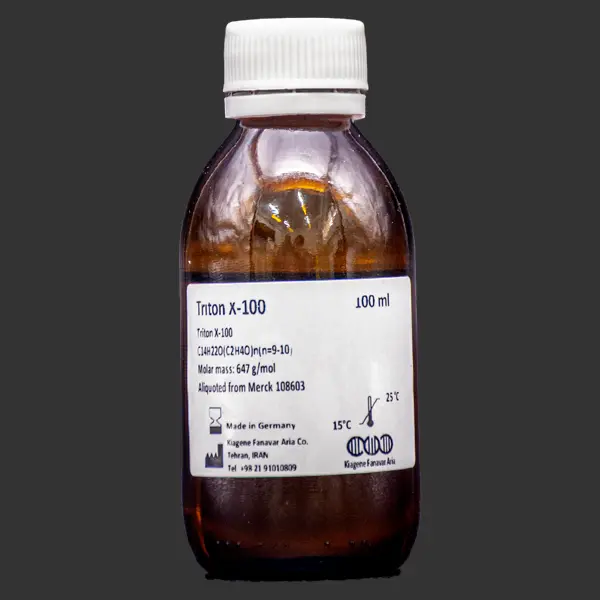

نقد و بررسیها
هنوز بررسیای ثبت نشده است.